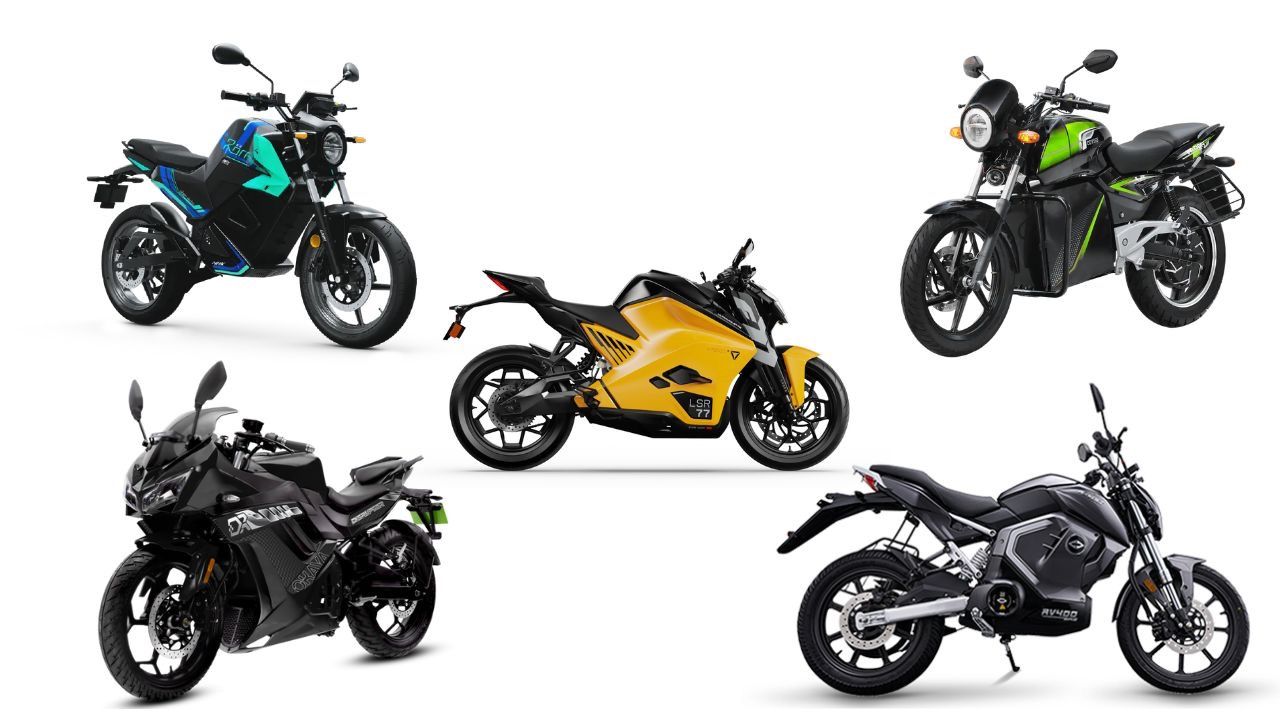
If you remember the 80s arcade game , you probably also remember it was strikingly unlike anything else at the time. It didn’t look or play like anything else. So it might come as a surprise that , and that took some doing! used LaserDisc technology, and gameplay was a series of what we’d today call quick-time events (QTE).
The player essentially navigated a series of brief video clips strung together by QTEs. Generally, if the player chose correctly the narrative would progress. If they chose poorly, well, that’s what extra lives (and a stack of quarters) were for.

More after the break! The Game Boy Color was a fantastic piece of handheld gaming hardware, but it was still quite limited. Porting to the GBC required not only technical cleverness, but quite a few ingenious tricks along the way. Some methods were straightforward.
Limiting the frame rate to ten frames per second looked acceptable and saved space, and audio was likewise limited to simple tones and only a few key samples from the original game. Even so, compression and simplified graphics just wasn’t enough. Cramming everything onto an 8 megabyte cartridge took the form of a custom quantizing tool called the Tile Killer.
This tool allowed artists to perform meticulous frame-by-frame optimization of graphics and color palettes in a way that maximized compression savings, squishing animated sequences down to target sizes in a semi-automated way. When steered by an experienced artist who understood constraints and didn’t need sleep, it was a clever and powerful tool. The end result was a port of that frankly looked impressive as heck, and released to positive reviews.
It was a technical triumph, but commercially it made rather less of an impact. Still, it’s really impressive what got pulled off. You can watch it in action in the video embedded below.
The GBC port of may not have been a commercial success, but at least like for the Atari 2600 did. Console ports aren’t the only task that requires clever developers; upscaling video games ..















